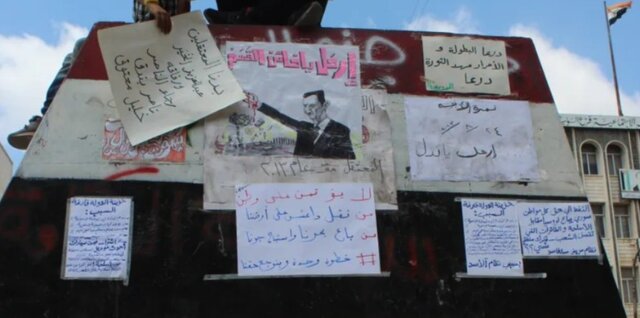Russia’s invasion of Syria saved the Assad regime from total collapse, although it did not regain control of the entire country. About half of Syria’s territory remained under the control of opposition forces, either in cooperation with Turkey or the United States.
Although the regime, with the help of Russia and Iran, controls a large part of the country, it cannot be called a victory. It is even more obvious that Bashar al-Assad, the ally of Moscow and Tehran, is losing the peace because he has not won the war.
The recent memories of bombings, mass executions, torture, and blockades carried out by the regime in its fight against the rebels in Daraa and Sweida did not prevent the locals from taking to the streets again to protest against the deteriorating economic situation. By the way, what fears prevent Russians from protesting in comparison?
In the areas controlled by Assad, the demonstrators demanded the removal of the checkpoints set up by the regime on the roads, which cut off economic communication in the country. Incidentally, the opposition is not doing this, allowing people to trade with those who have landed in areas under Assad’s control.
In this context, the Syrian pound is rapidly collapsing (already at 15,000 units to the US dollar), and the prices of gasoline, food, and energy, which the regime can no longer subsidize, are rising. These are the results of the rule of a regime that is long bankrupt and has been saved from collapse only by the intervention of Moscow and Tehran in the territories that remain under its control.
Thus, while Kremlin propaganda frightened Europe with hunger, cold, and energy collapse, all this actually happened where Moscow-dependent power was established. As they say, this has never happened before, but here we are again.

